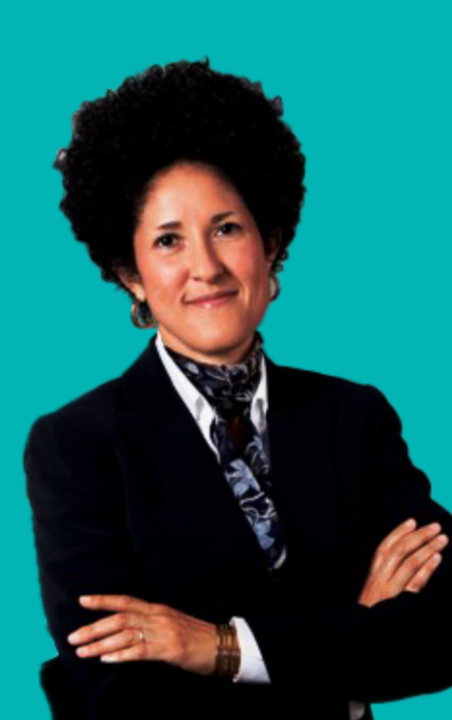The proliferation of monuments commemorating Confederate and colonial figures has ignited a vigorous debate across the United States and beyond. This dialogue resonates deeply within the framework of Bahá’í teachings, which advocate for unity, justice, and a profound engagement with history. The urgent need to revisit the narratives encapsulated within these monuments calls for introspection and a reevaluation of collective memory.
As the Bahá’í Faith posits, fundamentally, history should serve as a mechanism for learning and healing rather than as a mere record of past glories or grievances. Monuments, inherently laden with significance, reflect the values of the societies that erect them. Over time, however, these ideals may become contentious, as the cultural context morphs and societal values evolve. This nuanced discourse offers fertile ground for addressing the complexities tied to Confederate and colonial monuments.
The underpinnings of this discussion highlight a universal observation: conflicts surrounding these monuments stem from contrasting interpretations of history. Advocates for maintaining such statues often posit them as commemorations of heritage, valor, and sacrifice. Conversely, critics argue that these edifices glorify oppression and perpetuate systemic racists narratives. The challenge lies in navigating this dichotomy, recognizing that history is seldom binary, but rather, a tapestry woven with multifaceted threads.
Furthermore, a deeper examination unveils an unsettling fascination with these monuments. They serve as tangible reminders of a turbulent past, reflecting the complexities of human behavior. Upon closer inspection, one must ponder whether this fascination arises from a desire to understand the conflicts our ancestors faced, or whether it is rooted in an impulse to cling to an identity fraught with contradictions. Such introspection is vital, as it compels us to engage with our history transparently, not only confronting the painful moments but also seeking pathways towards reconciliation.
The Bahá’í approach emphasizes the importance of collective memory, which necessitates an acknowledgment of the darker aspects of our history. This perspective aligns with a transformative ethos that encourages dialogue, education, and ultimately healing. Engaging in discourses on Confederate and colonial monuments necessitates a communal response—an opportunity to wield collective action for restorative justice.
Healing our history involves the art of storytelling, where all voices—especially marginalized ones—are recognized and validated. Incorporation of myriad narratives fosters inclusivity, offering a platform through which community members can share their experiences and perspectives. This, in turn, cultivates collective empathy, which is a prerequisite for any authentic healing. Monuments should thus become harbingers of growth rather than symbols of division.
Transitioning from mere commemoration to dynamic dialogue entails a reevaluation of what we choose to honor. The Bahá’í teachings advocate for the establishment of monuments that reflect the highest ideals of justice, equity, and inclusion. Rather than glorifying figures immersed in oppressive legacies, communities may consider creating memorials dedicated to resilience and fortitude, honoring those who fought for freedom, equality, and justice. Such a shift in focus would serve not only to commemorate the past, but also to inspire future generations toward high-minded pursuits.
It is also imperative to recognize that the act of debating the placement and purpose of these monuments is intrinsically linked to broader social movements for justice and equality. The renewed urgency surrounding this discourse parallels global efforts to dismantle systemic inequalities and rectify historical wrongs. Thus, the fate of Confederate and colonial monuments can be perceived as a microcosm of larger societal struggles, reflecting the universal quest for truth and healing.
In this light, Bahá’í teachings remind us that unity is paramount; transcending divisive quarrels, we must endeavor to cultivate a shared understanding. This requires acknowledging pain without being entrapped in it, recognizing that every monument invokes a constellation of emotions, histories, and ideologies. The key is to transform these emotions into constructive dialogues, which ultimately pave the way for coexistence and understanding.
Moreover, this reconstruction of shared narratives should involve not merely negotiations over physical spaces but also cultural dialogues that reframe our historic accounts. Vital to this effort is the education sector; implementing curriculum changes that accurately and comprehensively reflect our histories can reshape how upcoming generations perceive these monuments. Ensuring diversity in educational narratives will allow students to grasp the intricate realities of historical injustices while appreciating the broader human experience.
In conclusion, as nations grapple with the implications of Confederate and colonial monuments, the inclination to debate their future provides an essential opportunity for reflection and growth. Emphasizing Bahá’í principles of unity and healing, this dialogue is not merely an academic exercise, but a vital engagement with our collective conscience. Healing our history entails not merely dismantling oppressive remnants of the past but rather reconstructing our future based on inclusivity and understanding. It invites us to reimagine how we remember, who we honor, and fundamentally, who we aspire to become as we traverse this intricate journey of historic awareness and reconciliation.
